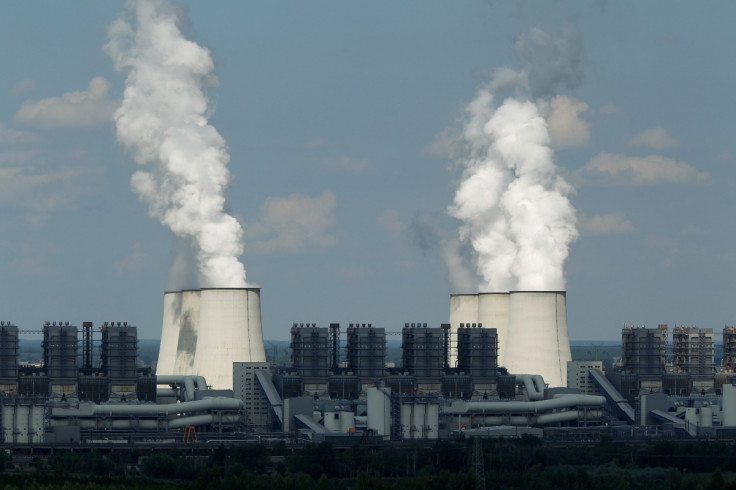Sustainable concrete: Carbon dioxide from power plants to be transformed into building material

A team of scientists have come up with a plan to reuse carbon dioxide emissions from power stations for a new building material. This substance will then be used in place of concrete – a material which contributes 5% of global carbon emissions in the process of manufacturing.
The researchers from the University of California, Los Angeles, say their idea could be a "game-changer for climate policy". Their plan would reduce carbon entering the atmosphere from both concrete production and the burning of fossil fuels.
"What this technology does is take something that we have viewed as a nuisance — carbon dioxide that's emitted from smokestacks — and turn it into something valuable," said J.R. DeShazo, a researcher working on the investigation.
Their idea involves lots of different stages, which some researchers have been working on their entire academic lives. It uses captured carbon dioxide, and then adds it to lime to make a calcium carbonate.
"We can demonstrate a process where we take lime and combine it with carbon dioxide to produce a cement-like material," said Gaurav Sant, researcher developing the plan.
Carbon has been captured from power stations before, but the problem lies with storing it. The researchers plan to take previous investigations one step further.
"We hope to not only capture more gas, but we're going to take that gas and, instead of storing it, which is the current approach, we're going to try to use it to create a new kind of building material that will replace cement," said DeShazo.
The scientists have already managed to recreate their material in the lab, by using 3-D printers. This means that theoretically, if they can capture the carbon, their plan would work. The researchers are now awaiting funding for their material – which they have branded CO<sub>2NCRETE. They say anybody who helps with funding will feel the benefit; not just environmentally, but economically too.
DeShazo said: "This technology could change the economic incentives associated with these power plants and turn the smokestack flue gas into a resource countries can use, to build up their cities, extend their road systems."
© Copyright IBTimes 2025. All rights reserved.






















